- Monday By Appointment
- Tuesday 9:00 am - 5:30 pm
- Wednesday 9:00 am - 5:30 pm
- Thursday 9:00 am - 5:30 pm
- Friday 9:00 am - 5:30 pm
- Saturday 10:00 am - 2:00 pm
- Sunday Closed








2025 Kawasaki Z650RS ABS
NO SURPRISES, our price includes all fees, Dealer discount and Kawasaki $500 Mega Cash discount. HST and licensing are extra.
NO MONEY DOWN, low 5.99%% financing available for up to an 60 month term (on approved credit).
LOW COST DELIVERY available throughout southern Ontario. Contact us for a quote.
The Kawasaki Z650RS combines Retro style with modern Sports technology. Distinctive styling notes like a classic round LED headlight, needle instrumentation, 70s influenced bodywork and colours, plus a twin-cylinder engine, create a stunning neo-retro segment reference point. The Kawasaki Z650RS is destined to impress riders of all skill and experience levels with its lovingly distilled spirit of RETROVOLUTION.
FEATURING:
Exciting 649 cc parallel twin engine
Lightweight trellis frame
Light, natural handling
Modern retro styling
Kawasaki TRaction Control (KTRC)
Relaxed riding position
Assist & slipper clutch
Round LED headlight
Bullet-shaped analogue gauges
Slim fuel tank
Compact tail
Spoke-style cast wheels
1 year, unlimited factory warranty coverage with up to 4 extra years Kawasaki Protection Plus (KPP) and Kawasaki Emergency Roadside Assistance (KERA) available at extra cost.
Engine Management Technology
ASSIST & SLIPPER CLUTCH
|
|
|
|
Chassis Management TechnologyABS (ANTI-LOCK BRAKE SYSTEM)Kawasaki ABS systems use front and rear wheel sensors to constantly monitor wheel speed. Should information from either of the sensors indicate that wheel lock has occurred, the ABS ECU directs the pump in the ABS unit to modulate brake fluid pressure (releasing and reapplying pressure so that traction can be regained) until normal operation resumes. ABS offers rider reassurance that contributes to greater riding enjoyment. |
|
Request More Info
QUICK LINKS
HOME New Inventory Used Inventory NRC Engine Covers New Kawasaki Motorcycles Finance Center Parts Department Service DepartmentOnline Shopping Policy
Privacy Policy Return Policy Sales Tax Application Shipping and Delivery Information Terms and ConditionsHOURS
monday
By Appointment
tuesday to friday
9:00 am - 5:30 pm
saturday
10:00 am - 2:00 pm
sunday
Closed
| Monday | By Appointment |
| Tuesday - Friday | 9:00 am - 5:30 pm |
| Saturday | 10:00 am - 2:00 pm |
| Sunday | Closed |




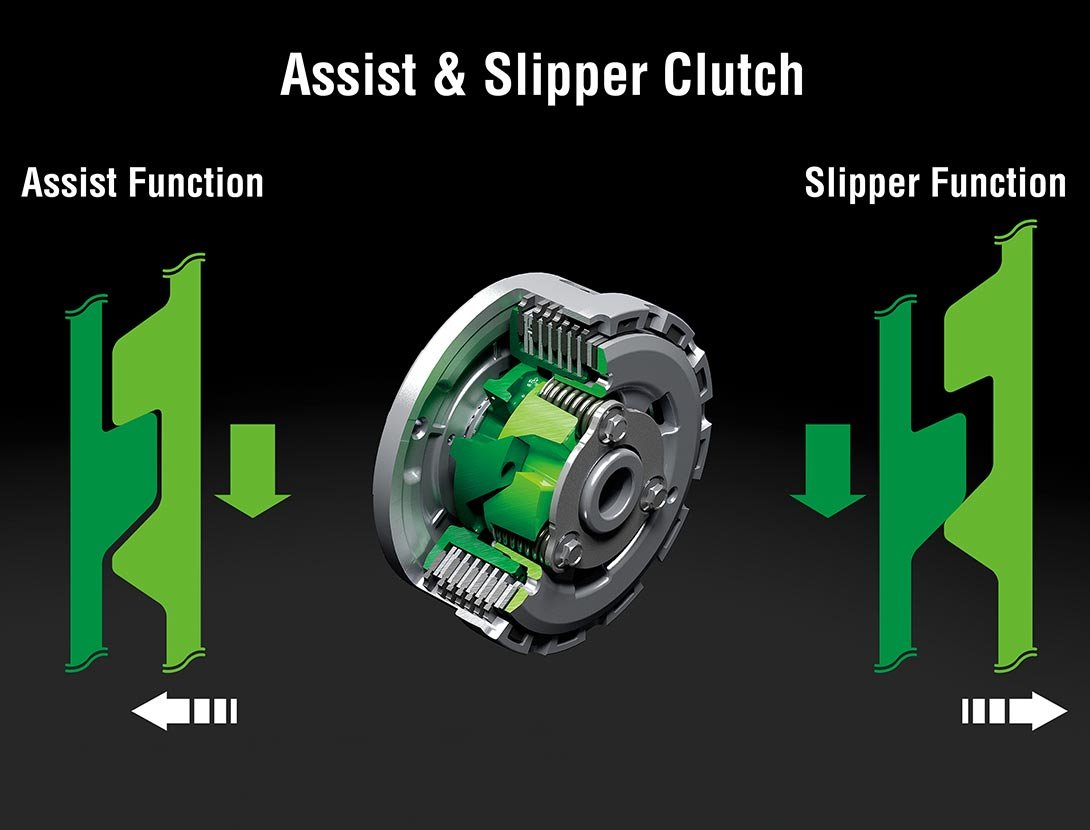
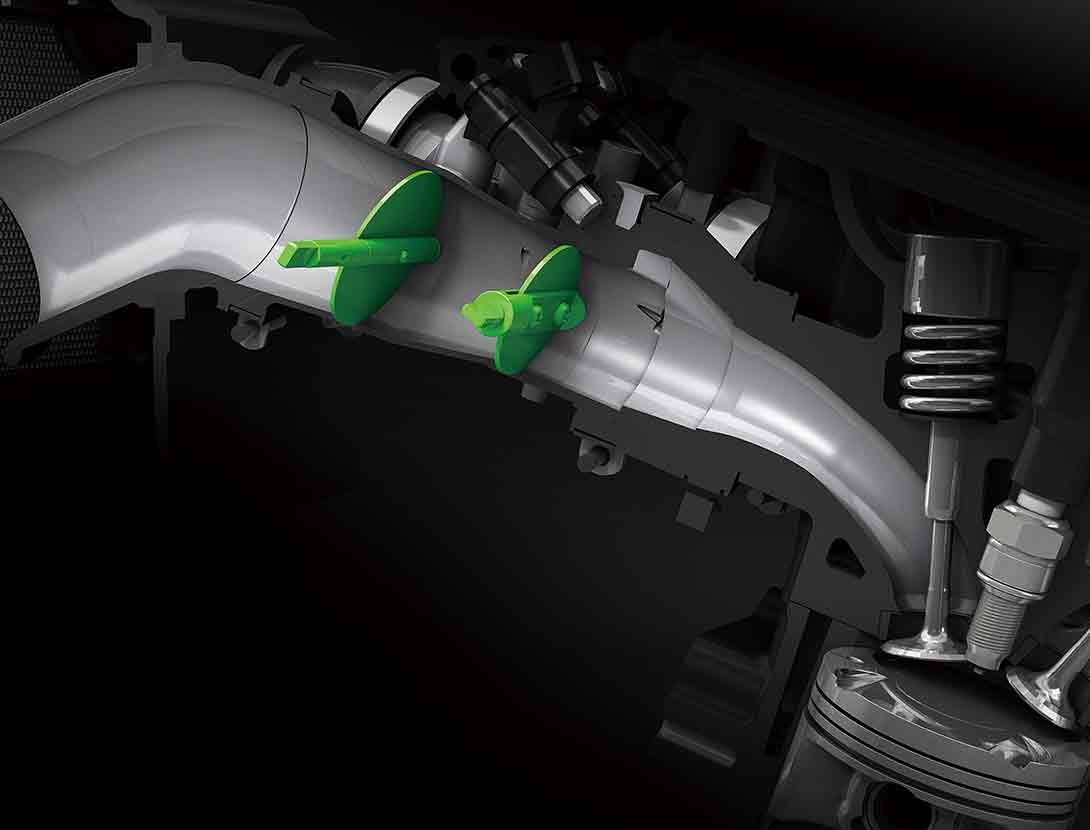 Dual Throttle Valves
Dual Throttle Valves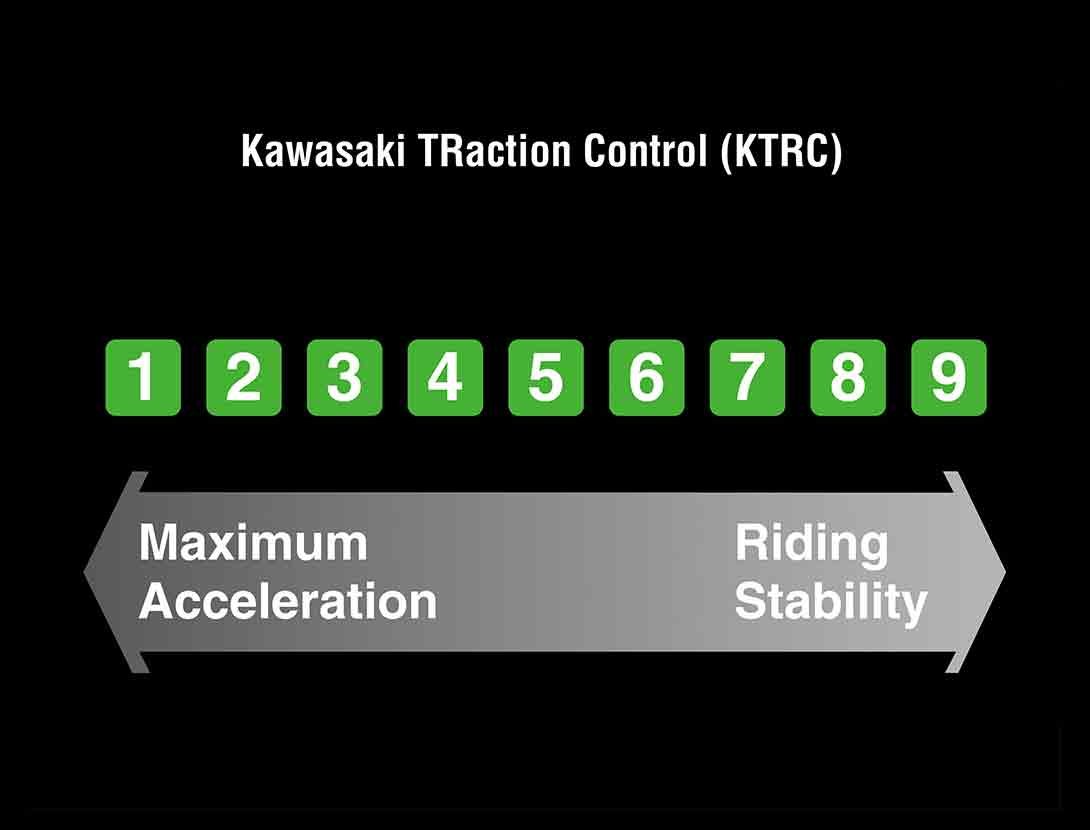 KTRC (KAWASAKI TRACTION CONTROL)
KTRC (KAWASAKI TRACTION CONTROL)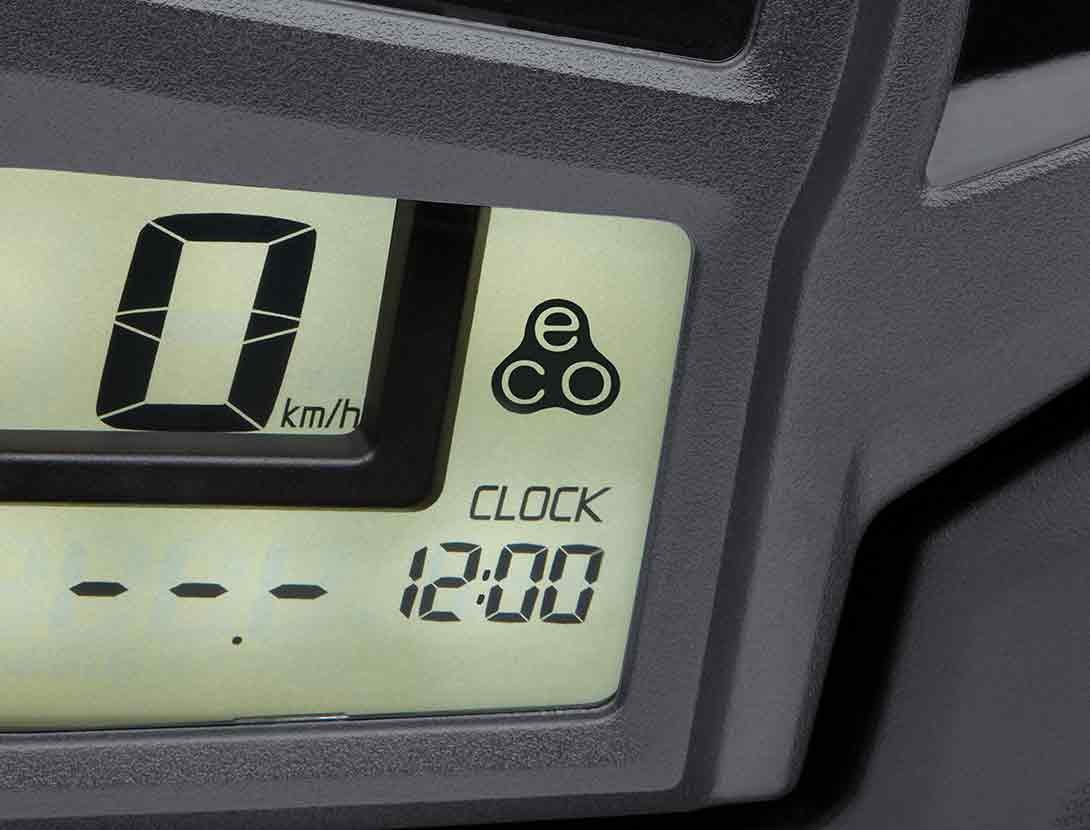 ECONOMICAL RIDING INDICATOR
ECONOMICAL RIDING INDICATOR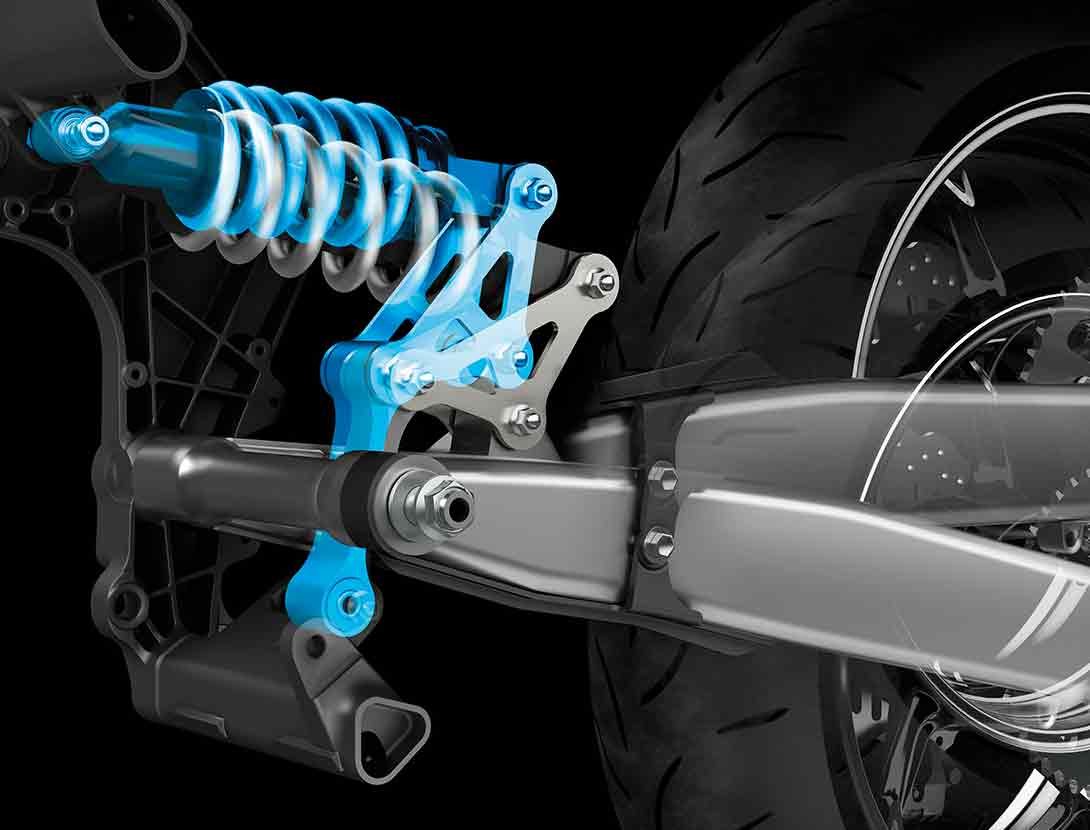 HORIZONTAL BACK-LINK REAR SUSPENSION
HORIZONTAL BACK-LINK REAR SUSPENSION